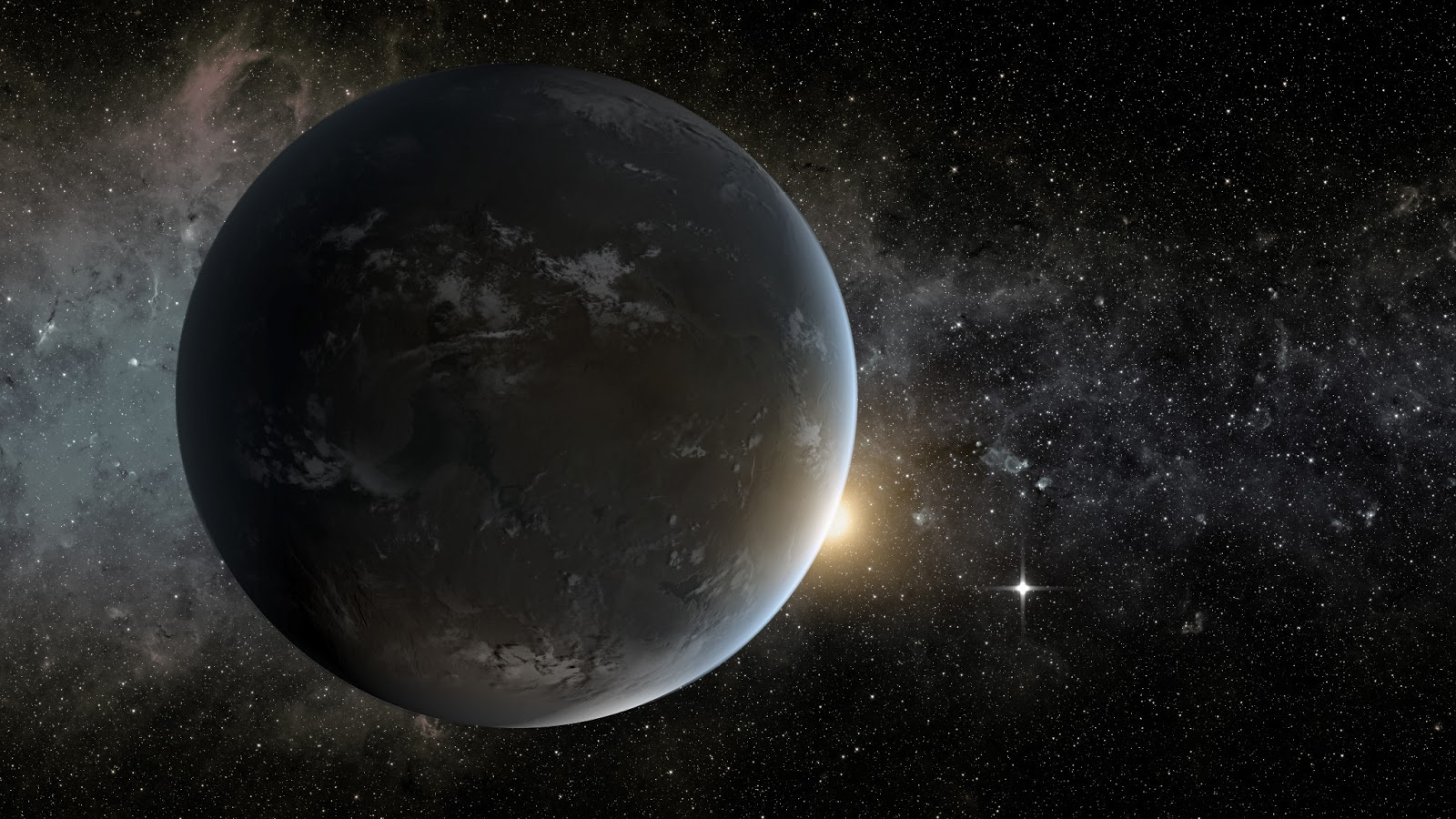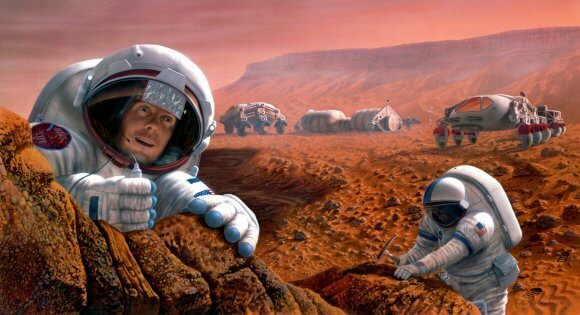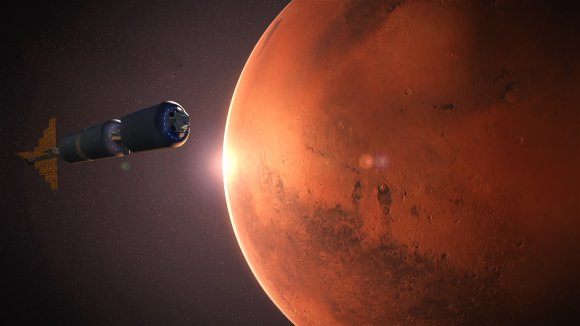Reaching the stars: is human hibernation possible?

Journey into deep space
We have written several articles on Universe Today about how difficult it will be to travel to other stars. Sending tiny unmanned probes across vast distances between stars is still science fiction. But send people on such a journey? This is generally an incomprehensible level of technology.
For example, the closest star is Proxima Centauri, located just 4.25 light years from us. For comparison, the Voyager spacecraft, the most distant object ever built by humans, would take about 50,000 years to make this journey.
I do not know about you, but I do not expect that I will live 50,000 years. No, we certainly want to travel faster. But the problem is that acceleration requires a lot of energy, new principles of motion, which we are only dreaming about. Moreover, if you fly too fast, a simple speck of dust floating through space will be incredibly dangerous.
Based on our modern technologies, it is more likely that we will not have to hurry while flying to another star.

The surface of the planet Proxima b, orbiting the red dwarf star Proxima Centauri in the artist's view. Alpha Centauri AB's double star is visible in the upper right corner of Proxima itself. Image source: ESO
And if you are going to fly slowly, you have several options. Create a ship of generations in which entire generations of people would be born, live lives, and then die during hundreds or even thousands of years of flight to another star.
Imagine that you are one of those people who are destined to live and die without ever seeing the ultimate goal. Especially when you look out the window and you see a ship with a warp engine rushing by and happy tourists heading towards Proxima Centauri. They waited for the warp drives.
No, you would like to sleep while flying to the nearest star, so that when you get there, it’s as if time doesn’t pass for you. And even if the warp engine comes up during your sleep, you didn’t have to see the smug faces of tourists rushing past.
Is human anabiosis possible? Can we stretch it for a long time to survive long-distance flight and wake up again?
Before I begin, let's assume that we will never merge with our robots, load ourselves into a singularity, and fly through space in cybernetic bodies without knowing sorrow.
For some reason, this whole singularity did not work, or the robots went on strike and did not want to engage in our space reconnaissance anymore. So, the space exploration work has returned to us, fragile mammals living only 80 years old. That we have to study the solar system and other stars, the expansion of mankind in space.

Astronauts studying the surface of Mars as an artist. Image source: NASA / JSC / Pat Rawlings, SAIC
Well, we know that these will be robots. But science fiction tells us something completely different, so let's dive into it.
We know animals, including mammals, that regularly hibernate in nature. To survive in harsh winters, they slow down the heart rate to a few beats per minute. They do not need to eat or drink, they live on the reserves of fat for several months until food returns.
Not only bears and rodents hibernate, among other things, there are a couple of primates, including the thick-tailed dwarf lemur from Madagascar. On the family tree they are not very far from us, so there is hope for human anabiosis.
In fact, medicine has already taken up human anabiosis to improve the chances of survival after heart attacks and strokes. The current state of this technology is very promising.
Therapeutic hypothermia
Scientists use a method called therapeutic hypothermia, which reduces a person's body temperature by several degrees. They use ice packs or refrigerators and even try to inject cooled saline into the circulatory system. At low temperatures, the person's metabolism slows down, and he finds himself in an unconscious state in a daze.
But the trick is not to make it so unconscious that a person will die. This is a fine line.
The results were staggering. People remained in a state of stupor for up to 14 days after several cycles.
Therapeutic use of stupor is still in the research phase, and doctors are studying whether it will be useful for people with heart attacks, strokes or even the progression of diseases such as cancer. They are also trying to find out if there are any problems, but have not yet found any long-term complications when putting a person into a stupor.
A couple of years ago, SpaceWorks Enterprises provided NASA with a report on how they can use this therapeutic hypothermia for long-term space travel in the solar system.
Currently, the flight to Mars takes about 6-9 months. And during this time, people will spend precious air, water and food. But in a state of stupor, according to SpaceWorks, the crew will reduce its metabolism by 50 - 70%. Less metabolism - less resources. And less cargo that needs to be sent to Mars.

Image source: SpaceWork Enterprises, Inc
The astronauts do not need to move around, so you could keep them asleep in cozy little capsules. And they would not suddenly fight each other after 6-9 months of flight.
We know that weightlessness adversely affects the body, it manifests itself in loss of bone mass and muscle atrophy. Usually, astronauts train daily for hours to counteract the negative effects of reduced gravity. But SpaceWorks believes that it would be more efficient to immerse astronauts in a rotating module and allow artificial gravity to do the job of maintaining the normal state of their muscles.
They offer a module with a height of 4 meters and a width of 8 meters. If you rotate it with 20 revolutions per minute, you get the equivalent of earth gravity. At 11.8 rpm, it resembles the gravity of Mars. At 7.8 rpm - on lunar gravity.
Usually, the rapid rotation in a small capsule is extremely uncomfortable, as people will experience different forces in different parts of their bodies. But remember that the crew will be in a state of stupor, so they will not care.

Image source: SpaceWork Enterprises, Inc
Current plans for sending colonists to Mars will require 40 tons of food for 6 people. But according to SpaceWorks, you can reduce the weight to 15 tons, if you just put them to sleep. And the savings will be even greater with a large number of astronauts.
The crew probably will not sleep all the way. Instead, they will sleep in cycles for several weeks. Take turns to wake up, check the status of the spacecraft and crew, and return to their capsules.
What is the current state of research? NASA funded phase 1 of the SpaceWorks proposal, and in July 2016, NASA took up phase 2, which will further explore this method for missions to Mars, and how it can be used even further in the solar system.
Ilon Mask should be interested in their project module for 100 people to send colonists to Mars.

Image source: SpaceWork Enterprises, Inc
In addition, the European Space Agency is also studying human hibernation and a possible way to ensure long-distance space flight. They have plans to test technology on various non-hibernating mammals, such as pigs. If their results are positive, we will see how Europeans will advance this technology forward.
Can we go even further by making people sleep for decades, and perhaps even the centuries that would have taken between the stars?
Right now, the answer is no. We do not have any technology at our disposal that could do this. We know that microbes can be frozen for hundreds of years. Now in part of Siberia, thawed after centuries of permafrost, ancient microbes, viruses, plants and even animals are awakening. But nothing close to man.
When people are frozen, ice crystals form in their cells, tearing them apart. There is a line of research that gives some hope: cryonics. Replacing human body fluids with antifreeze that does not form destructive crystals.
Scientists successfully froze, and then thawed 50 milliliters (almost a quarter cup) of tissue without any damage.
In the next few years, we are likely to see how technology will be improved to preserve transplanted organs, whole bodies, and perhaps even people. Then this idea from science fiction may become a reality. And we can finally sleep between the stars.
Links
Approach to human stasis for long-term deep space missions - SpaceWorks Enterprises
All Articles